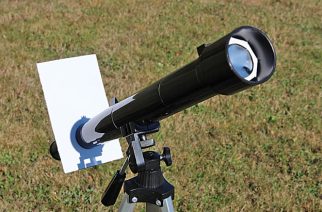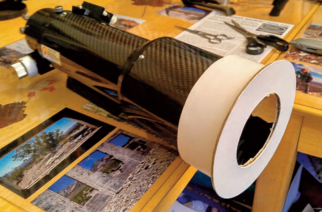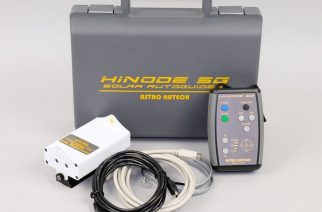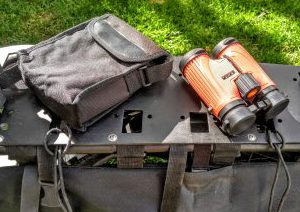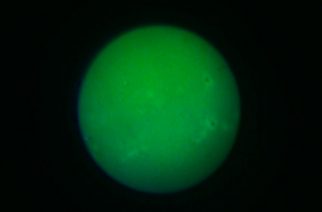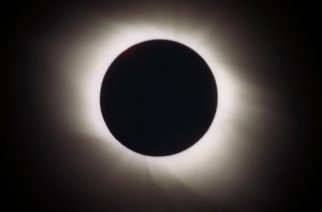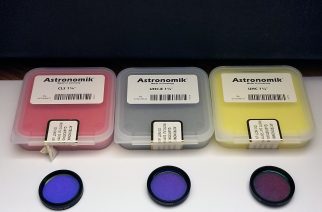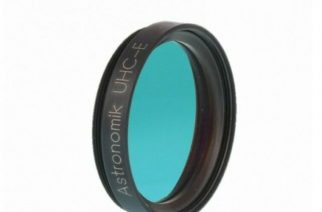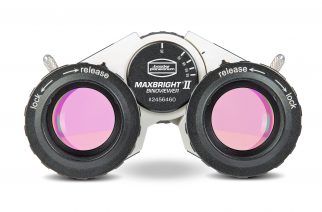Back in 2009, I partnered with Richard Fienberg (American Astronomical Society) to launch Galileoscope as an international cornerstone project for the International Year of Astronomy. These low-cost, high quality telescope kits have been an important instrument for engagement with astronomy ever since. Galileoscope was also selected as an international cornerstone […]
Reviews
DYI Solar Filter Project Using Baader Planetarium AstroSolar Film
Baader Planetarium AstroSolar Film is a specialized solar filter material designed for safe solar observation. In his article – DYI Solar Filter Project Using Baader Planetarium AstroSolar Film – Gary Parkerson, Executive Editor Emeritus Astronomy Technology Today, explains how he uses the film to create filters for white solar observing. […]
Astro Hutech Hinode for Solar Imaging
The Astro Hutech Solar Tracker, Hinode (”sunrize” in Japanese) SG, is an autoguider designed for casual solar viewing as well as photography. The Hinode Solar Guider with a dovetail bar and paddle does not require precise polar alignment, allowing for quick, convenient setup-and-go for public outreach or quick viewing with […]
Lunt SUNoculers
By Gary Parkerson, Astronomy Technology Today Editor Emeritus. I demonstrate astro tech wherever people are gathered outdoors and when it comes to leveraging solar astronomy for outreach, no astro tech delivers enhanced hands-on solar-viewing experiences more naturally than Lunt Solar System’s SUNoculers. I’ve handed them to kids as young as […]
CaK-to-Visible Color-Conversion Eyepiece
A CaK telescope is designed for observing the Sun in the Calcium K wavelength of light. The Calcium K line is a specific spectral line in the solar spectrum produced by ionized calcium (Ca II) atoms in the Sun’s chromosphere. It is located at approximately 393.4 nanometers (nm) in the […]
Lunt Calcium K Filter
The Lunt Calcium K filter is a specialized solar filter designed to observe and image the Sun’s chromosphere, specifically the spectral line known as the “Calcium K” line. This filter is used in solar astronomy to reveal detailed features and activity occurring in the Sun’s chromosphere, which is the layer […]
What are Solar Glasses Made of and How Do They Work
By Eric Gentry Solar glasses typically need to meet two constraints: You need something which will block most of the light, and you need something that can provide structural support, so it won’t fall apart while you’re staring at the sun. Thanks to modern chemistry, most of the ‘solar eclipse […]
Astronomik Visual Filters Review Part 2
For the ATT Volume 14 Issue 9, I wrote an article describing my experiences under light-polluted skies using Astronomik’s 1.25” UHC, UHC-E, and CLS filters along with the absence of a filter. The upshot of that article was that such filters prove their value by revealing many deep sky wonders […]
Astronomik Filters for Light Polluted Skies Part 1
Over the years, I’ve shared the eyepiece with family, friends, and myriad others. Telescopes so often capture the attention of onlookers, don’t they? Regardless of attention garnered, interested onlookers often don’t consider getting a telescope because they find themselves within the pale confines of light-polluted skies. While light pollution interferes […]
Baader MaxBright II Binoviewer
It was turning into a beautiful evening as the summer sun was beginning to set. The sound of children’s laughter competed for the chirping of crickets as they took advantage of the warm breeze and late summer sunset. To the southeast, mighty Jupiter and noble Saturn were beginning to become […]
Coat Pocket Astronomy
Editors Note: In his Coat Pocket Astronomy article Rob Pettengil takes miniature astroimaging to the test with gear that literally fits in his pocket. Images 3 – 9 can be found at the end of the article. My affection for the miniature drove my interest in ultra-light astrophotography. I like […]
Astronomik Visual Filter Review
Editor’s Note: In his Astronomik visual filter review Matt Harmston does a deep dive into using Astronomik Filters for visual observing under light polluted skies. This article originally appeared in Astronomy Technology Today Issue 9, 2020. This article has been updated with new testing notes and can be found here. […]


